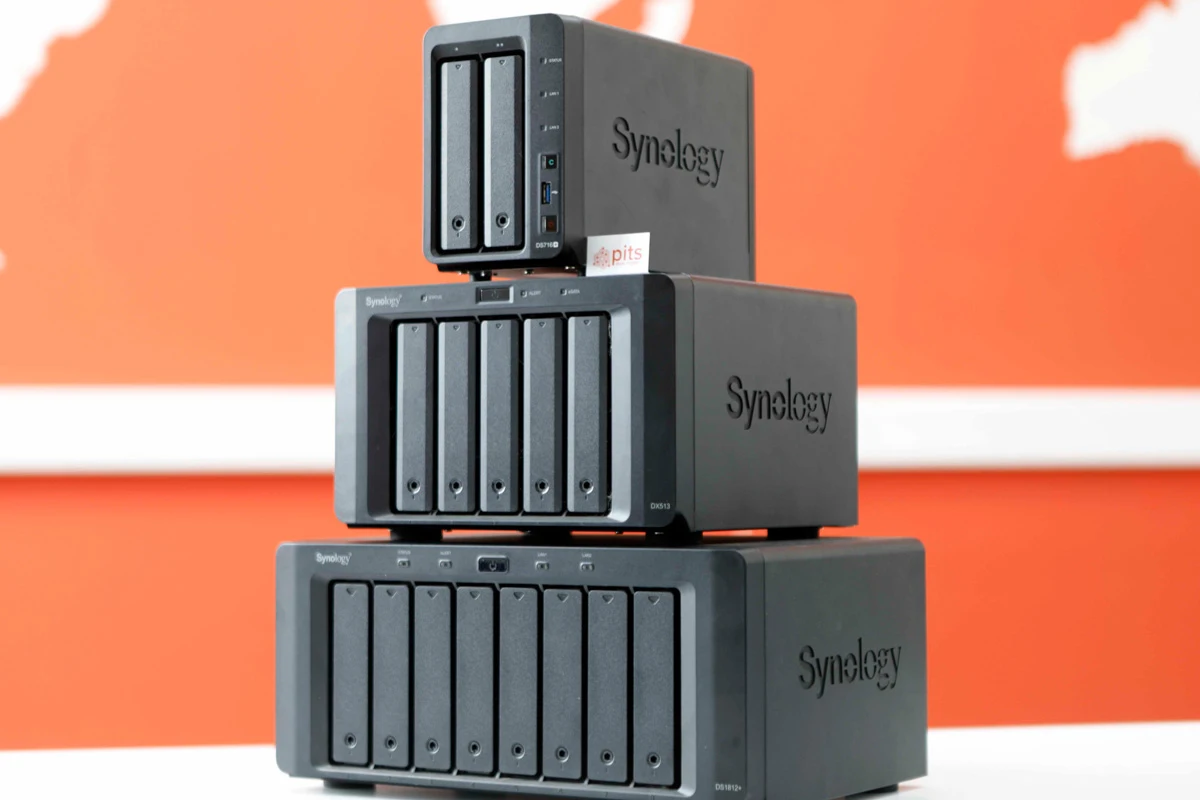SAN vs. NAS: both are network storage solutions employed by organizations to manage and store data efficiently. However, their applications, architecture, and performance characteristics vary significantly, leading to a common debate among IT professionals: Which is the better choice – Storage Area Network or Network Attached Storage?
In this blog, we aim to delve into their distinct features, pros, and cons, aiding you in making an informed decision tailored to your organization’s needs.
What is NAS?
NAS stands for Network-Attached Storage. It is a file-level storage system connected to a network that provides file-level access to clients. NAS devices typically have an operating system and can be configured with various protocols, including NFS, SMB/CIFS, and FTP.
They are optimized for fast data access and typically have multiple hard disk or solid-state drives in a RAID configuration for redundancy.
NAS systems offer numerous benefits, including enhanced scalability, increased fault tolerance, improved performance, and easy setup. Additionally, they can be set up to provide secure remote access over the internet.
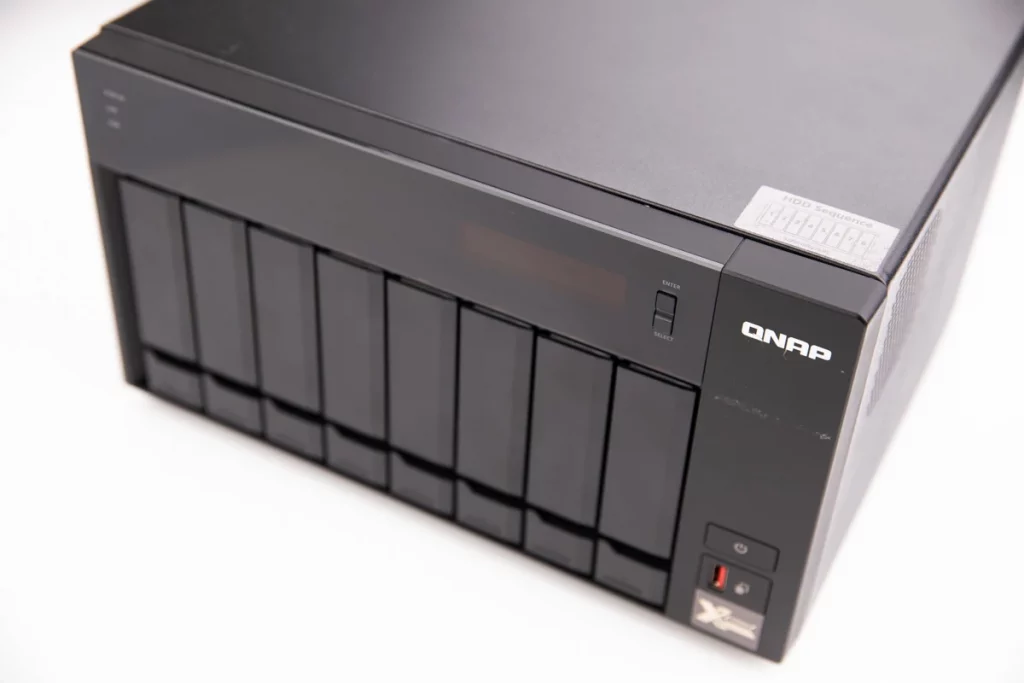
NAS devices are ideal for businesses that need to share files across multiple locations and users, as well as provide an effective backup solution. They also offer powerful functionality and features not available with traditional file servers.
NAS devices are generally easy to set up and manage. They are ideal for environments where multiple users need to access the same data. They are also relatively affordable and can scale easily, making them a good choice for small businesses or home offices. Ultimately, Network Attached Storage (NAS) is an excellent storage device for critical business data safely and securely.
What is SAN?
SAN stands for Storage Area Network. It is a block-level storage system typically used to provide high-performance storage for servers. SANs use specialized hardware and software to provide fast access to large amounts of data. Unlike NAS devices, SANs do not have an operating system, and they are typically accessed using a Fibre Channel or iSCSI protocol.
SANs are used in many enterprise-level applications, such as database storage, virtualization, and video editing. They can also work with big data and provide high availability and disaster recovery capabilities. SANs have become increasingly popular due to their ability to consolidate storage resources across multiple servers and the cost savings associated with their use.
In addition, they offer a range of scalability options that make them ideal for large enterprises. For these reasons, SANs have become an essential part of many data centers and IT infrastructures.
Storage Area Networks (SAN) are designed for high-performance applications, such as databases or virtualized environments. They are often used in large data centers where performance and scalability are critical.
Difference Between SAN and NAS
The main difference between SAN and NAS is the way they provide access to data. NAS devices use file-level access, while SANs use block-level access.
This means that NAS devices are better suited for environments where multiple users need to access the same files, while SANs are better suited for applications that require high performance and low latency.
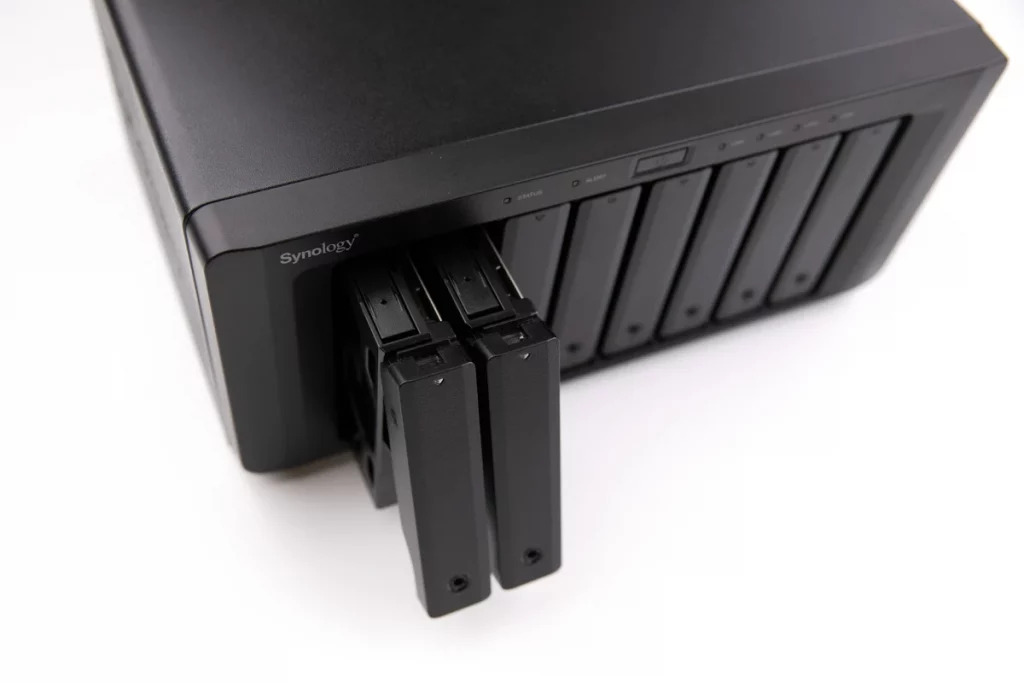
Another key difference between NAS and SAN is their underlying architecture. NAS devices are typically built on top of Ethernet networks, while SANs use Fibre Channels or iSCSI protocols.
This means that NAS devices are generally less expensive than SANs since they do not require specialized hardware such as Fibre Channel switches. The way data is stored in a NAS device differs from a SAN device.
In a NAS device, files are stored across multiple disks using network protocols such as NFS or CIFS. Whereas in a SAN device, data is stored on individual disks using block-level commands like SCSI or ATA. This makes it easier to store large amounts of data on a single disk in a SAN.
Another difference between NAS and SAN is the way they are managed. NAS devices are generally easier to set up and manage than SANs, which require specialized expertise and dedicated hardware.
NAS devices also tend to be more affordable than SANs, although this can vary depending on the specific configuration and features. Finally, NAS devices are generally more flexible than SANs. They can be used to store a wide range of data types, including documents, images, and videos, while SANs are typically used to store data for specific applications, such as databases or virtual machines.
SAN vs NAS Storage Comparison
| Factors | SAN | NAS |
|---|---|---|
| Architecture | Block-level | File-level |
| Protocol | Fibre Channel | TCP/IP |
| Performance | High-Speed | Moderate-Speed |
| Scalability | Highly Scalable | Less Scalable |
| Cost | Expensive | Affordable |
| Complexity | High | Low |
| Ideal For | Large Databases | File Sharing |
Similarities Between NAS and SAN
While NAS and SAN have many differences, they also share some similarities. Here are some of the similarities between these two storage technologies:
Network connectivity
NAS and SAN are connected to a network, allowing multiple clients to access the stored data. This connectivity makes sharing data among users and devices easier while also providing a centralized storage location.
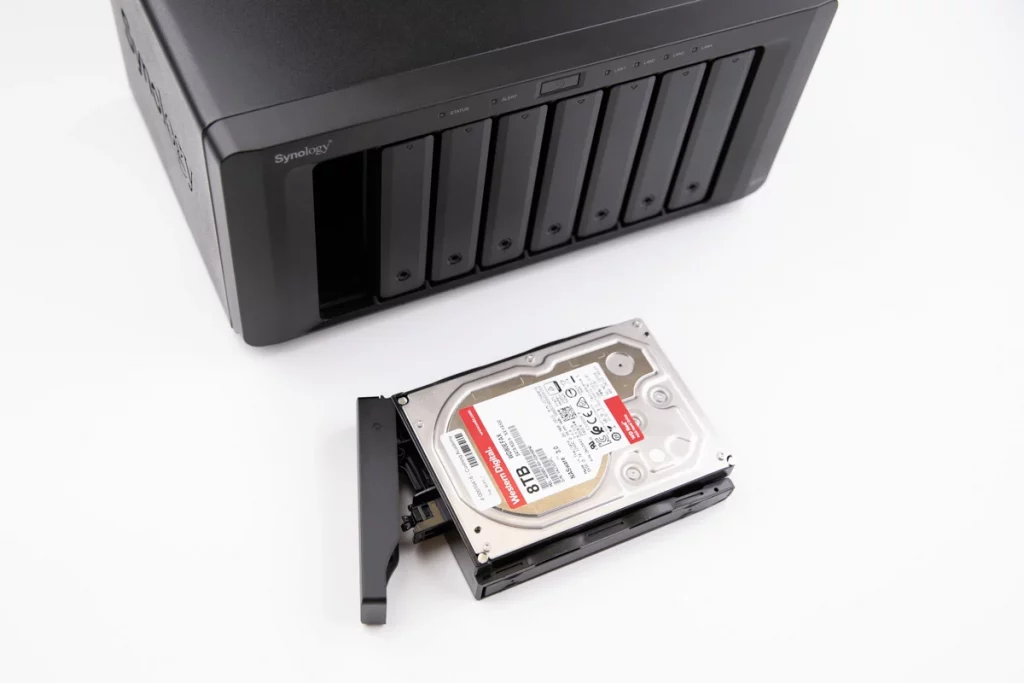
Data backup and recovery
Both NAS and SAN offer data backup and recovery features. With both technologies, you can create data snapshots and restore them if necessary. This makes it easier to protect against data loss and ensure business continuity.
Redundancy
Both NAS and SAN can be configured with redundant components, such as network interfaces and power supplies, to provide high availability and minimize downtime.
Scalability
NAS and SAN can be scaled up to meet growing storage needs. This scalability makes it easy to add capacity and performance as needed without requiring a complete overhaul of the storage system.
Security
These devices can be secured using various authentication and encryption methods. This makes it possible to protect data from unauthorized access and ensure compliance with regulations.
While NAS and SAN have some significant differences, they share many similarities in network connectivity, data backup and recovery, storage capacity, redundancy, scalability, and security. Understanding these similarities and differences can help you make an informed decision about which storage technology is right for your organization’s needs
Which One to Choose - SAN or NAS?
Choosing between NAS and SAN depends on your specific needs and budget. If you need to store and share files among multiple users or devices and do not require high-performance storage, NAS is likely the better choice. On the other hand, a SAN may be the better choice if you need high-performance storage for applications such as databases or virtual machines or if you need to scale up to support a large data center. Ultimately, a combination of both NAS and SAN can provide you with the best of both worlds.
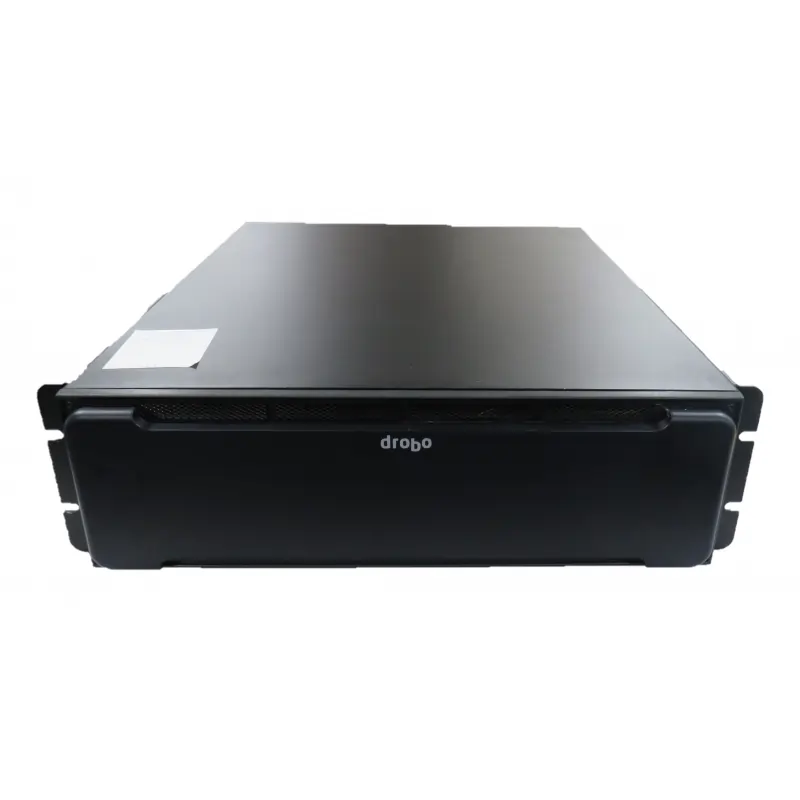
A hybrid system allows you to store and share files locally on NAS while providing SAN-level performance for critical applications. It is important to note that NAS and SANs are not mutually exclusive — they can both be used together in larger systems. However, each type of storage has its own advantages and disadvantages, which should be taken into account when making a decision.
Ultimately, the right choice depends on your individual needs and budget. No matter what type of storage solution you choose. It is important to assess your needs carefully and ensure the storage solution you select meets them.
Once you have decided on a storage solution, it is important to ensure that you understand the features, capabilities, and limitations of that solution. Doing so will ensure that you get the most out of your storage system and that you are able to realize all the benefits of NAS or SAN technology.
Frequently Asked Questions
How do I know if I have SAN or NAS?
To determine if your organization utilizes SAN or NAS, you can check the type of storage protocol used. If it’s a Fibre Channel, then it is a SAN, and if it’s TCP/IP, then it is a NAS.
Which is more secure, NAS or SAN?
SAN is considered to be more secure as it provides dedicated and isolated storage networks for data access, whereas NAS uses the same network as other devices.
How do SAN and NAS differ in terms of architecture?
SAN uses block-level storage, meaning data is stored in volumes, while NAS works at the file level, storing data in a hierarchy of folders and files.
Is SAN faster than NAS?
SANs are generally faster than NASs because they work on the block level, where the servers interact with the storage as if the disks are locally attached.
Why is SAN more expensive than NAS?
SAN typically uses Fibre Channel connectivity, which is more expensive. Also, the complexity and scalability of SAN solutions often lead to higher costs.
When should I use SAN over NAS, and vice versa?
SAN is usually a better choice if your organization has large databases and requires high-speed data access. On the other hand, if your needs are more about file sharing across a network, then NAS would be more suitable.
